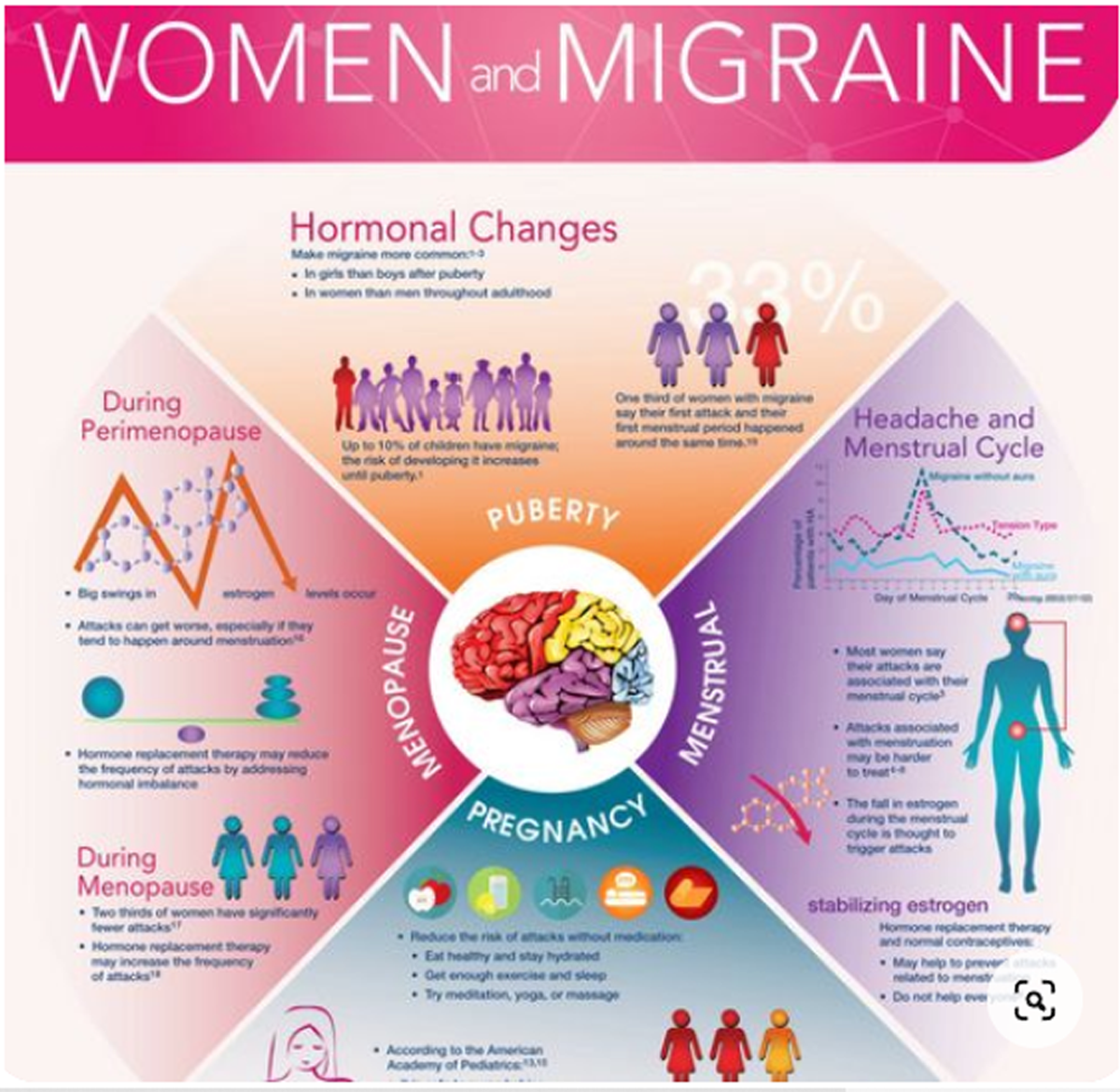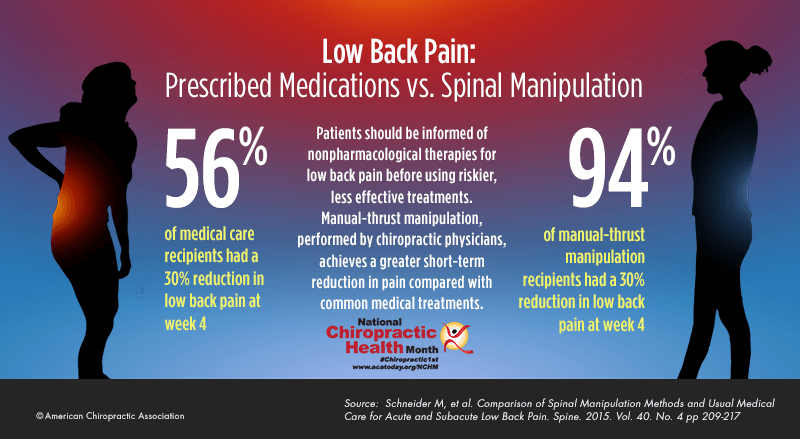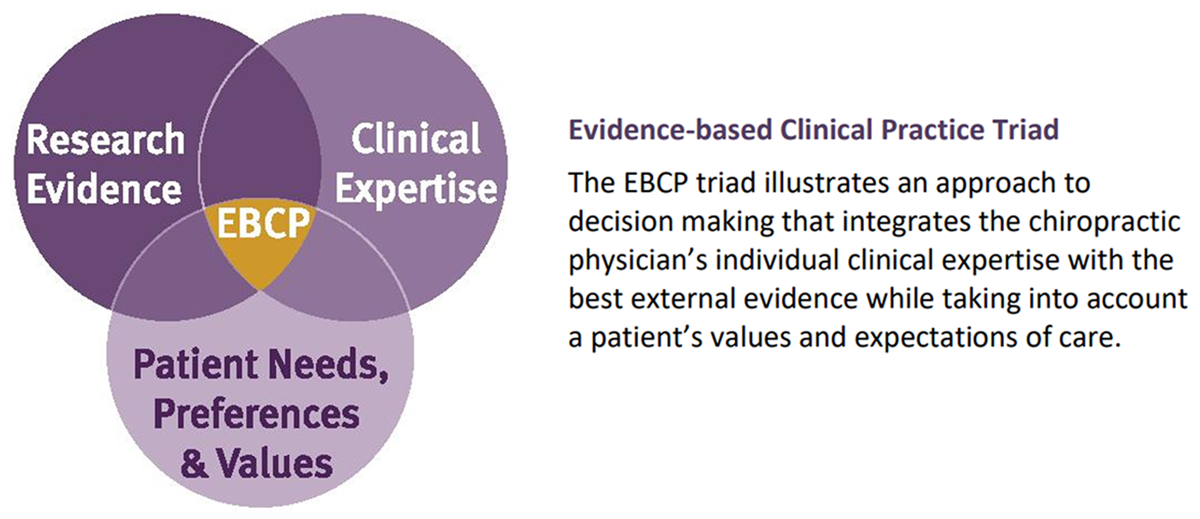Beyond the Spine: A New Clinical Research Priority
SOURCE: J Can Chiropr Assoc. 2015 (Mar); 59 (1): 6–12
James Donovan, BSc, DC, J.
David Cassidy, DC, PhD, DrMedSc,
Carol Cancelliere, DC, MPH,
Erik Poulsen, DC, PhD,
Mette Jensen Stochkendahl, DC, PhD,
Jørgen Kilsgaard, DC, MPH,
Marc-André Blanchette, DC, MSc, and
Jan Hartvigsen, DC, PhD
Division of Health Care and Outcomes Research,
Toronto Western Research Institute,
University Health Network,
University of Toronto, Canada
Over the past two decades, clinical research within the chiropractic profession has focused on the spine and spinal conditions, specifically neck and low back pain. However, there is now a small group of chiropractors with clinical research training that are shifting their focus away from traditional research pursuits towards new and innovative areas. Specifically, these researchers are now delving into areas such as brain injury, work disability prevention, undifferentiated chest pain, hip osteoarthritis, and prevention of pain in children and adolescents to name a few. In this paper, we highlight recent research in these new areas and discuss how clinical research efforts in musculoskeletal areas beyond the spine can benefit patient care and the future of the chiropractic profession.
KEYWORDS: OA; brain injury; chest pain; chiropractic; research; work disability
From the FULL TEXT Article:
Introduction
Chiropractors with clinical research training have traditionally focused on the spine and its related disorders and especially neck and low back pain. Examples include the recent Decade of the Bone and Joint 2000–2010 Task Force on Neck Pain and Its Associated Disorders [1] as well as several excellent randomized trials of spinal manipulative therapy (SMT) for neck [2] and low back pain [3–5]. Despite these and many other research successes, from 1990 to 2010 disability from spine-related pain has significantly increased, with low back pain now the leading cause of global disability, affecting 10% of the population or more than 600 million people worldwide. [6] Over the same two decades, disability from other musculoskeletal disorders has also increased by 44.6% [7], and with an aging and increasingly sedentary society this trend is likely to continue and so too will the demand for improved care and prevention. Even patients seeking care for neck and low back pain rarely have pain isolated to just the spine and frequently report co-occurring non-spinal pain, not to mention other co-morbid diseases. [8] Chiropractors already commonly manage a variety of musculoskeletal disorders and at different anatomical sites, not just those related to the spine. Taken together, these facts provide a good basis to promote the growth of clinical research efforts in other non-spinal musculoskeletal areas.
Moreover, with the growing burden of musculoskeletal disorders there is a need for chiropractors to become more involved and integrated in interdisciplinary collaborative research efforts aimed at improving the understanding and care of such complex disorders. Increasing multidisciplinary clinical research collaboration was among the top priorities in the recently published research agenda for the chiropractic profession in Europe. [9] Further, a recent letter to the editor from this publication, opined that the fate of the chiropractic profession depends on research and education as well as the capacity for chiropractors to function and thrive in interdisciplinary collaboration. [10] One way to secure the future growth of the chiropractic profession may be to prioritize support for clinical research in musculoskeletal areas beyond the spine and more specifically, clinical research that’s interdisciplinary and collaborative in nature. Presently, a group of chiropractors with post-graduate clinical research training are involved in innovative, collaborative research efforts in important, but less traditional areas of research such as mild traumatic brain injury (MTBI), work disability prevention, undifferentiated chest pain, hip osteoarthritis, and prevention of spine pain in children and adolescents to name a few. The aim of this commentary is twofold: to highlight recent findings from several examples of collaborative clinical research and discuss how clinical research efforts in areas beyond the spine can enhance the capacity for interdisciplinary collaboration, improve outcomes for patients and solidify the future growth of the chiropractic profession.
Discussion
Research Examples: Mild Traumatic Brain Injury (MTBI)
Read the rest of this Full Text article here!






Agreed! Research and education are vitally important to the betterment of our profession and the young professionals joining us. And we must learn to work together as part of a team of health care professionals in order to educate our peers and share our skills.